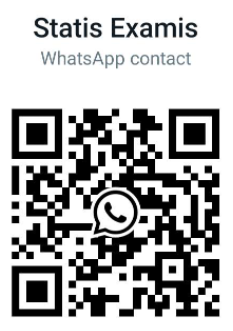Question
70 year-old with significant pelvic prolapse and grade IV cystocele who has failed previous primary repair and is status post hysterectomy. She presents for anterior repair and colpopexy. Procedure: Patient placed in the dorsal lithotomy position and general anesthetic was induced without problems. A midline incision is made from just above the bladder neck to the vaginal cuff. She is noted to have a grade IV cystocele. Vaginal flaps were dissected to the level of the pubocervical fascia. Her vaginal mucosa was in good condition but near the urethra and bladder neck it was a little thinner. There is significant scarring on the left side from previous procedures. Ishcial spine is identified and swept fiber fatty tissue off of the sacrospinous ligament bilaterally. No scarring or adhesions in this area. Anterior needles were passed into place on the elevate mesh and these were fixed in a manner similar to the MiniArc. They were passed along just below the bladder neck toward the obturator foramen and fixed in place. An anterior support was created without tension at the vesicourethral junction. Apical needles were then used to pass the apical arms into place. There were gently fixed into place along the sacrospinous ligament approximately 2cm away from the ischial spine. This was done bilaterally. They passed in a single pass and were fixed in place confirmed by gentle tugging on both arms. Three Vicryl sutures had been placed and the vaginal apex were then passed over into the mesh and tied down. The apical arms were placed through the eyelets of the mesh and passed down toward the sacrospinous ligament bilaterally to create good apical support. Eyelet fasteners placed bilaterally and mesh arms trimmed providing excellent apical and anterior support. Vaginal mucosa was closed and vaginal packed placed. No complications. What CPT® code(s) describe(s) this procedure?
A 57250, 57283
B 57240, 57283
C 57250, 57280
D 57240, 57282
This question is taken from MOA 193 – Current Procedural Term Coding » Spring 2022 » CPT CODING EXAM




